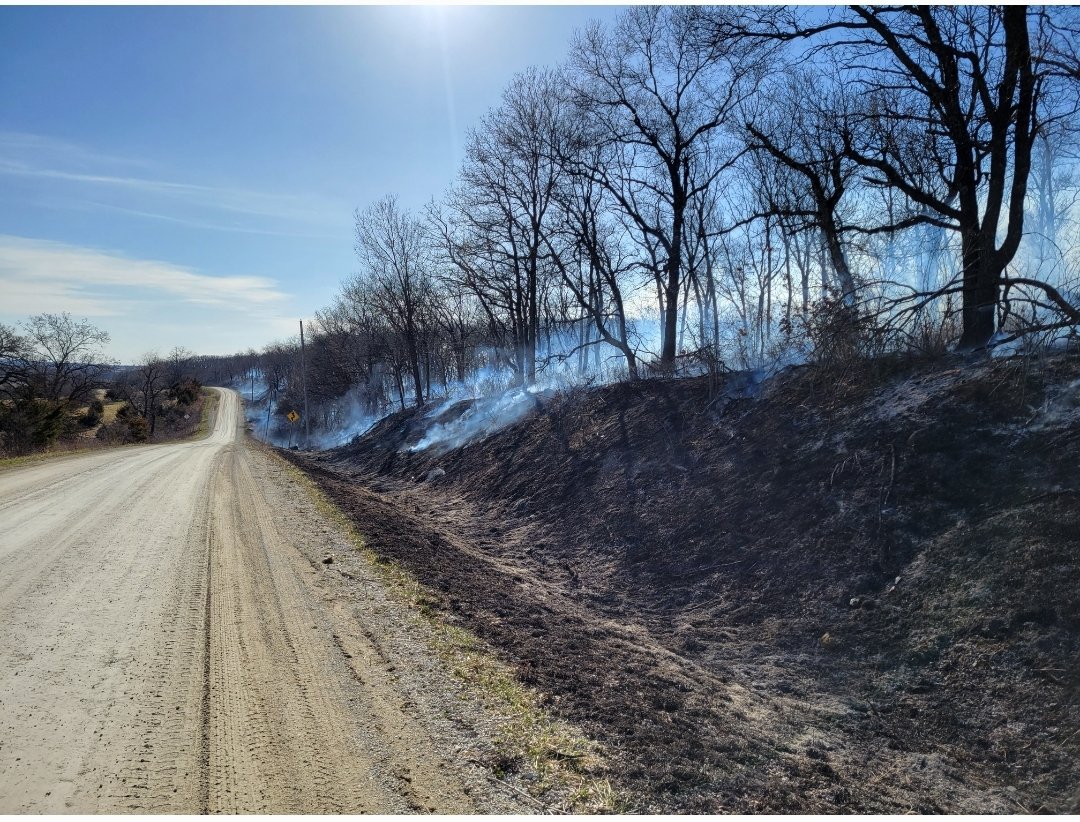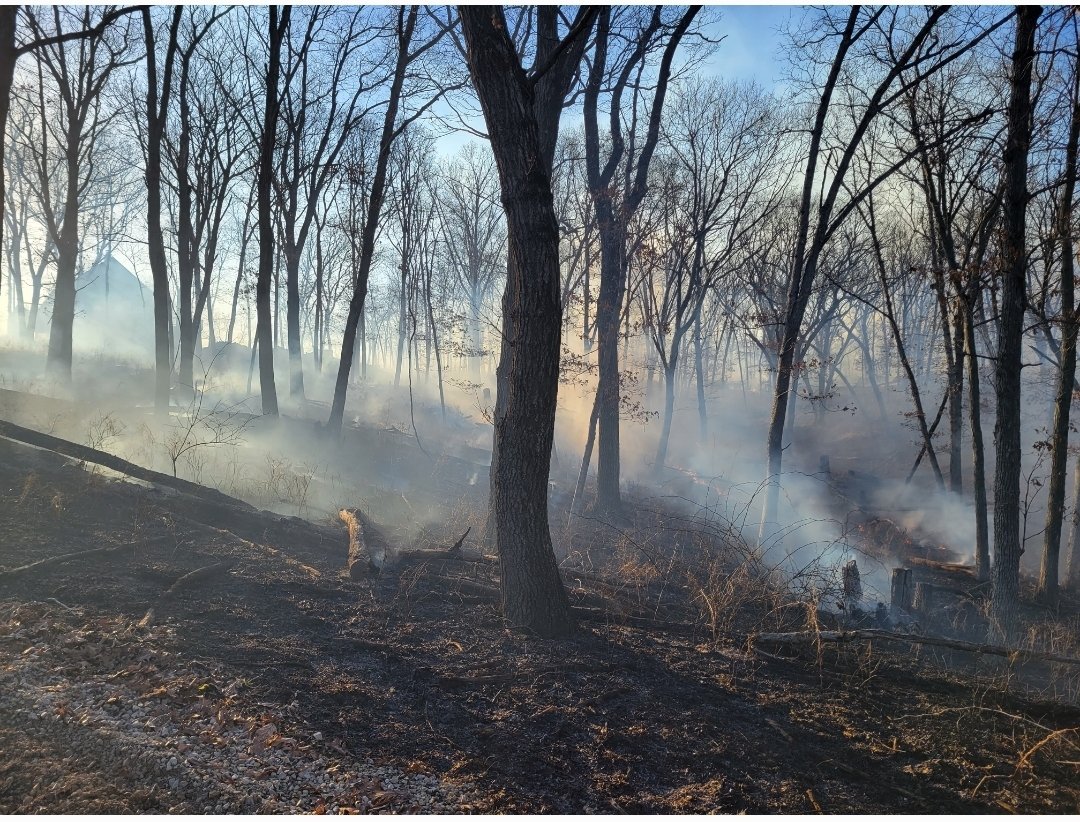I have shared this rhyming ditty before, but I will again. As it relates to the seasonal timing of working the chainsaw in the timber...a wise forester once told me, "Do not prune in May or June...or April".

As Skip talks about in the post above this one. You really do not want to be doing much work in your timbers now. It is way better to do that in Jan-Mar. Any bark that is "open" now will invite insect and/or fungus infestation. Oaks, particularly red oaks, are especially vulnerable to wilt, etc, and I don't know of a "better" way to encourage this scourge than to do spring "work" in the timber.
I cut/kill very few oaks, those are the ones I am normally trying to save and release when doing TSI. But, I find that oaks are not the best for hinge cutting. If you need to remove oaks, I would either double girdle them or lay them over.






